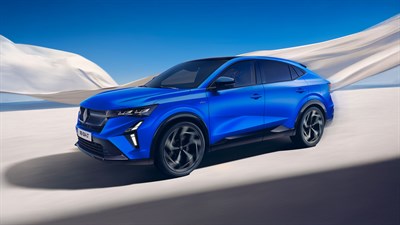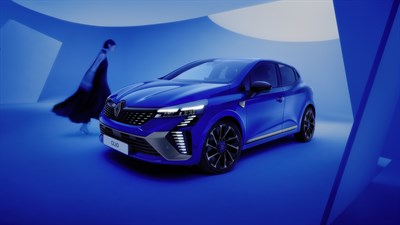THE CONSUMPTION OF A RENAULT PLUG-IN HYBRID E-TECH VEHICLE
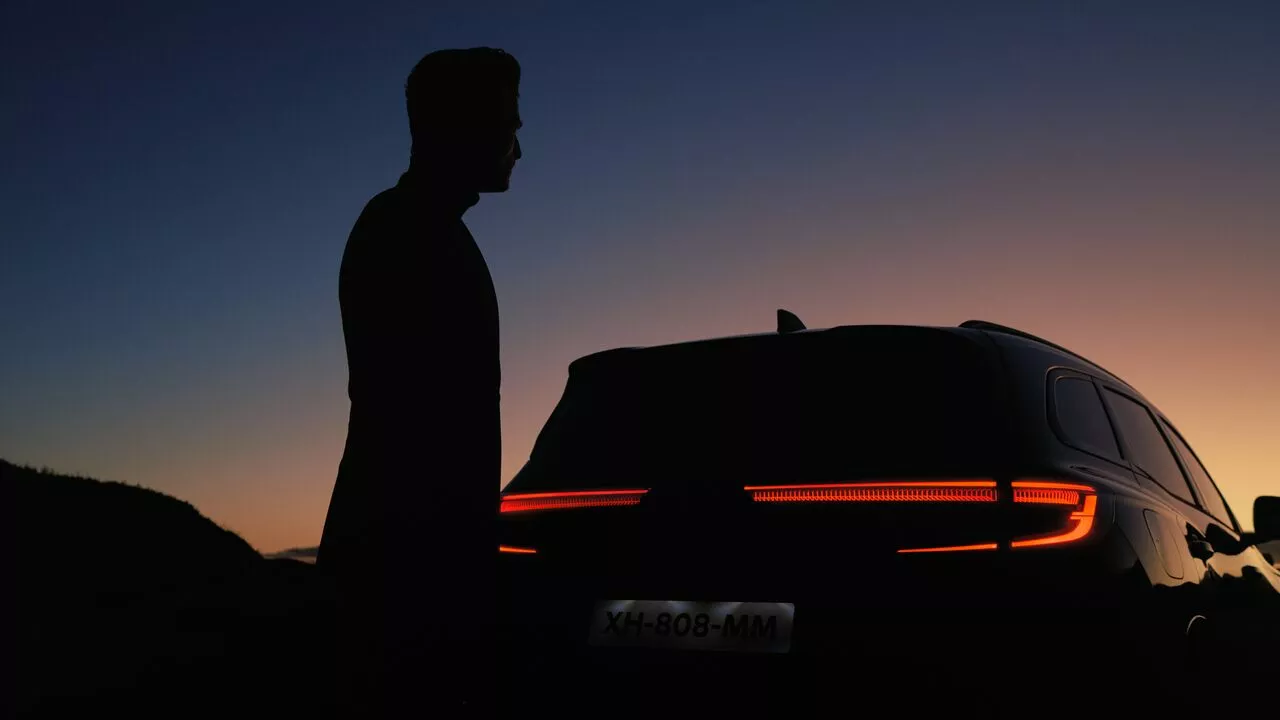
hybrid E‑Tech technology, less consumption
Our non-rechargeable hybrid and rechargeable hybrid engines reduce fuel consumption thanks to intelligent electronic management of the different engines.
Depending on needs, the electrical part and the thermal part operate independently or together to reduce fuel consumption.
comparison
| full hybrid E-Tech |
hyper hybrid E-Tech plug-in | |
|---|---|---|
| reduced fuel consumption | up to 40% | up to 75% |
| electric driving in the city | up to 80% | up to 100% |
| electric driving speed | up to 130 km/h** | up to 135km/h |
| electric autonomy | up to 5 minutes | up to 50 km* |
| battery capacity in kWh | up to 2 kWh | up to 10.4 kWh |
| charging from socket or terminal | No | Yes |
| energy recovery | Yes | Yes |
| electric start | Yes | Yes |
| technology | 1 traction battery + 2 electric motors + 1 thermal engine + 1 automatic transmission |
1 traction battery + 2 electric motors + 1 thermal engine + 1 automatic transmission |
the consumption of a hyper hybrid E-Tech plug-in
a recharge that changes everything
Non-plug-in hybrid vehicles have been designed to optimize your journeys and make your daily life easier. Gasoline, electricity, “autonomy”: here is some key information about full hybrid E-Tech hybrid technology.
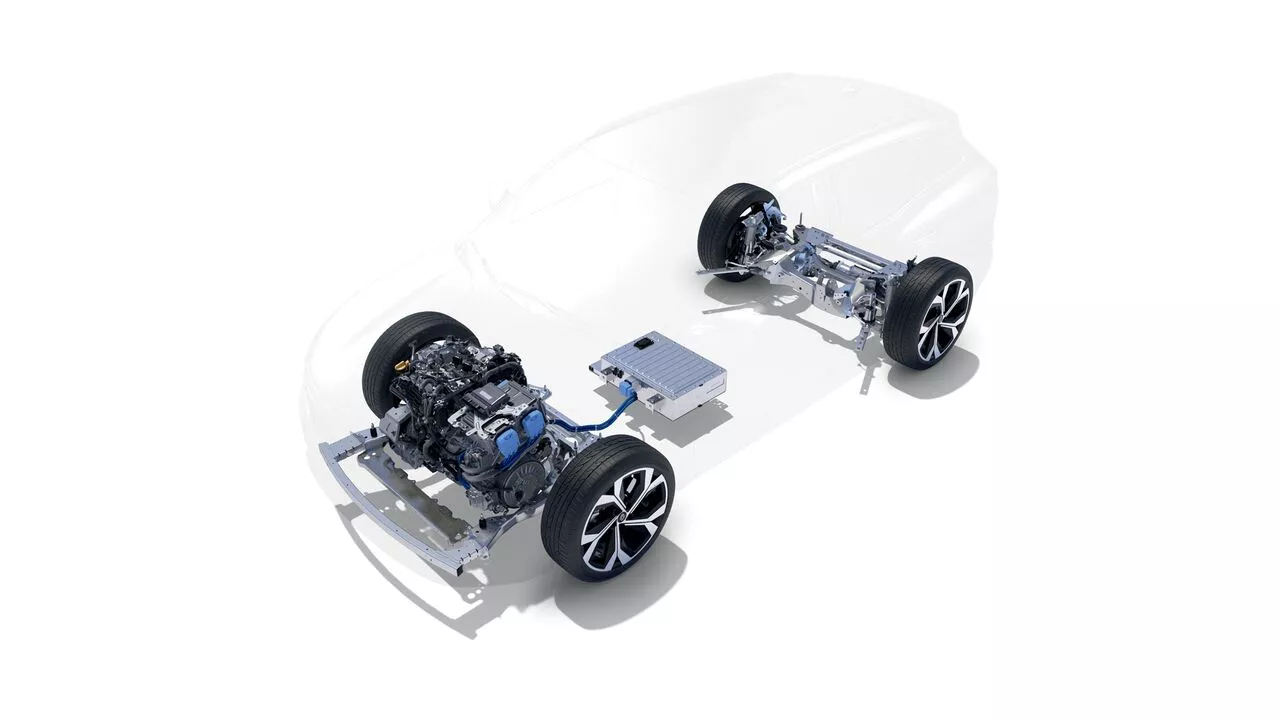
fuel savings
The main difference compared to thermal vehicles is measured in fuel savings. They can go up to 25% on so-called “mixed” routes (in the countryside on open roads) and this saving can go up to 40% in town.*
*WLTP references
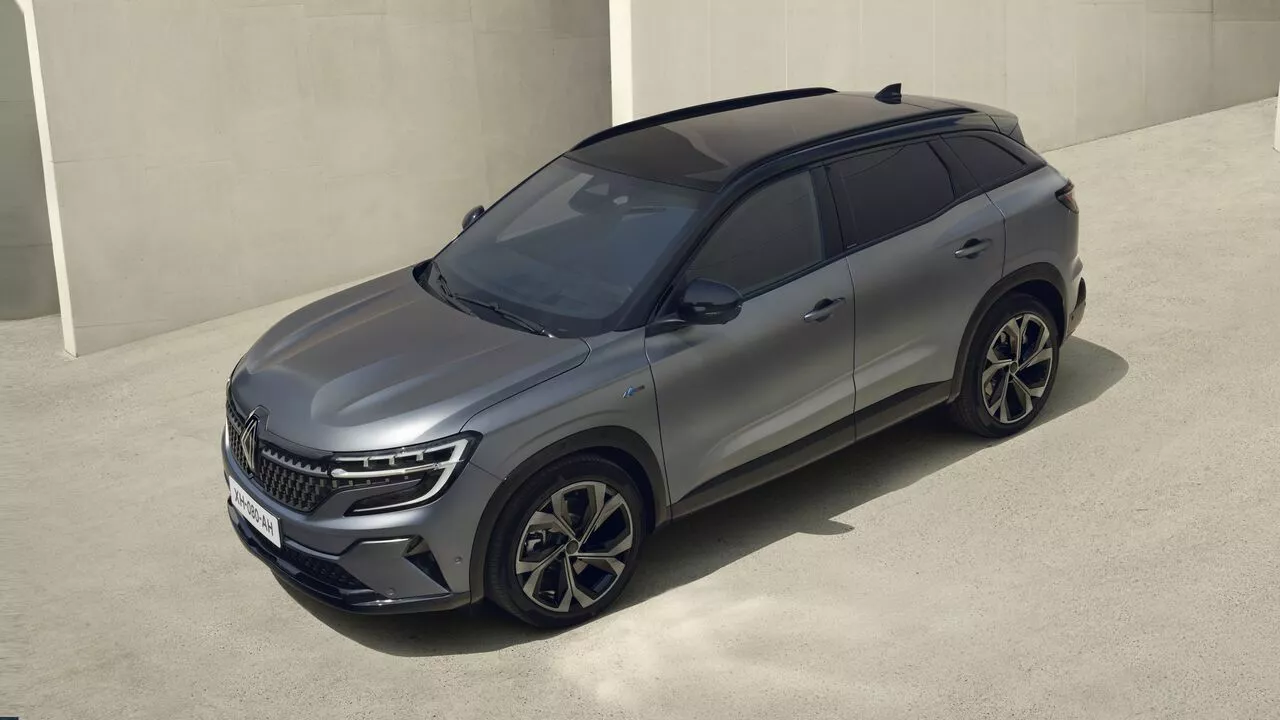
consumption management
Alternating between different traction modes (electric, hybrid and thermal) allows non-rechargeable hybrid cars to consume less fuel than equivalent thermal models.
Consumption is optimized via automatic switching from one mode to another and thanks to regenerative braking. The car with its energy management system autonomously and continuously monitors consumption.
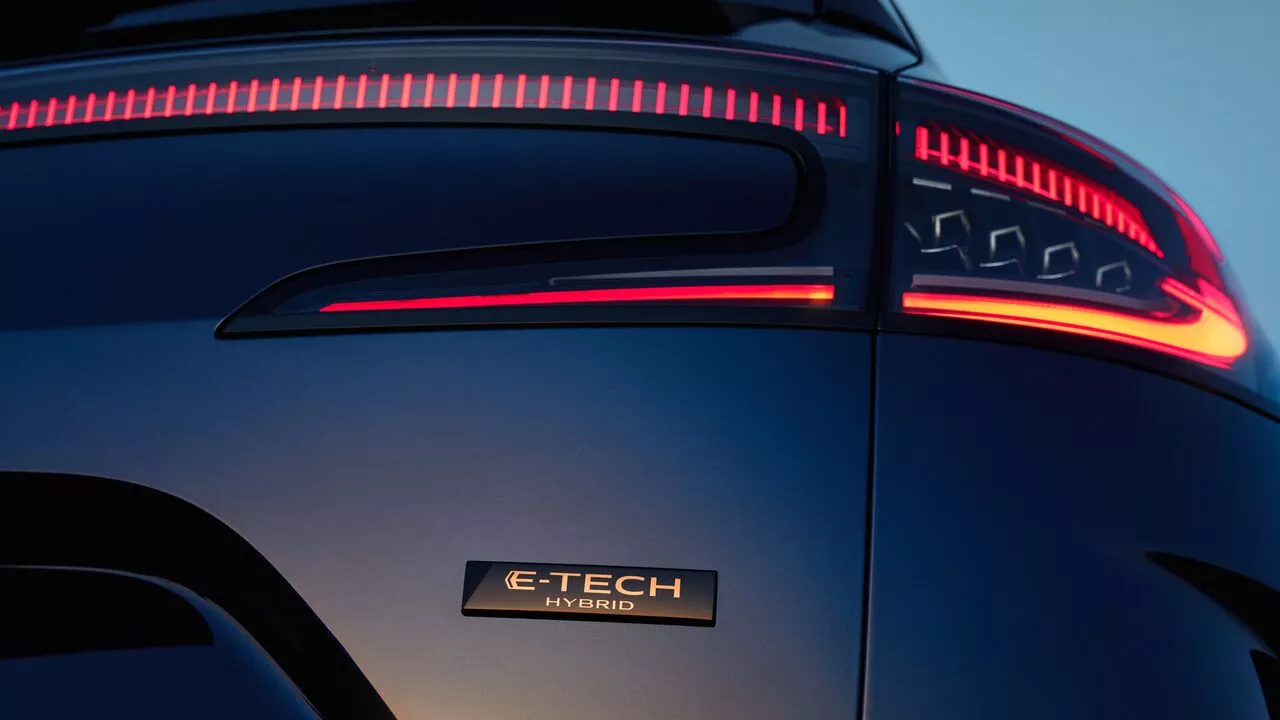
electric driving
On a non-rechargeable hybrid vehicle, we are not talking about autonomy but about electric driving time.
This driving time is impossible to calculate on a full hybrid E-Tech vehicle since the battery will recharge itself depending on the moments of braking and slowing down on your journey, these moments are not predictable. However, it is estimated that electric driving time can be up to 80% of your city trips.

consumption of hyper hybrid E-Tech plug-in vehicles
- Austral plug-in hybrid E-Tech: from 4.6 L / 100 km* (access its energy label)
- Clio plug-in hybrid E-Tech: from 4.1 L / 100 km* (access its energy label)
- Captur plug-in hybrid E-Tech from 4.7 L / 100 km* (access its energy label)
- Full plug-in hybrid E-Tech space from 4.6l/100* (access its energy label)
* WLTP standard
solutions for your consumption and electric driving
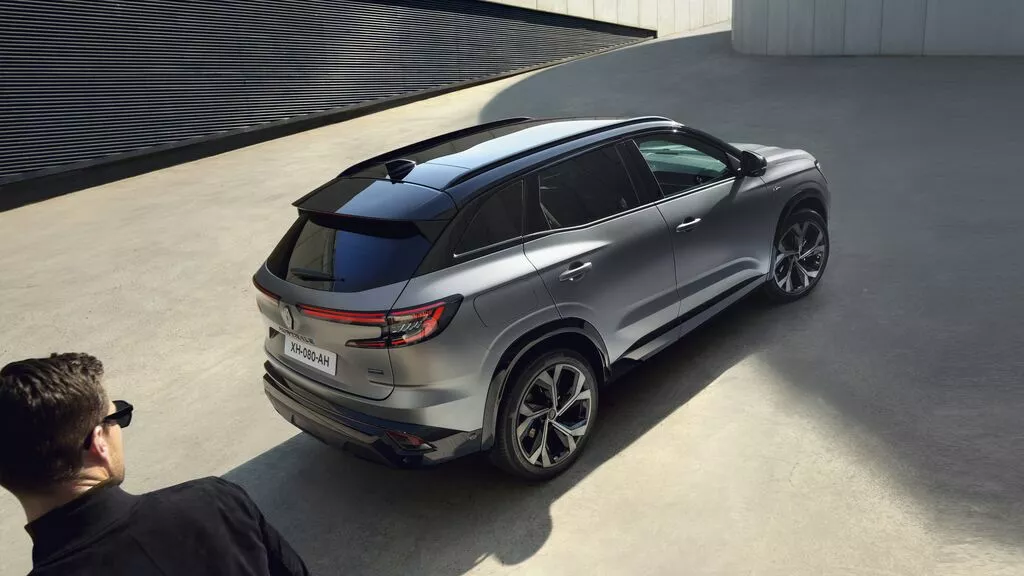
the “predictive hybrid driving” function
E-Tech technology is combined with the Hybrid Predictive Driving function which optimizes battery charging depending on your destination.
Depending on your location, the car determines when it will cross a city or encounter a particular topography and will be able to anticipate thermal, hybrid or 100% electric driving. You thus improve your consumption and your autonomy in addition to the performance of your vehicle.
*depending on vehicle.
your questions about the consumption of a hybrid vehicle
The traction battery is used to store the energy necessary for the proper functioning of the hybrid vehicle when driving in hybrid or 100% electric mode.
The traction battery recharges without driver intervention:
- by recovering energy during deceleration and braking phases. In this case we speak of regenerative braking (the kinetic energy, linked to the movement, is transformed into electrical energy).
- or by optimized use of the thermal engine, which allows it to generate electricity to recharge the battery.
As with electric vehicle batteries, Renault recycles the batteries used on its hybrid range through collaboration with specialized industrial partners.

